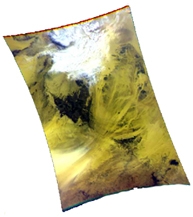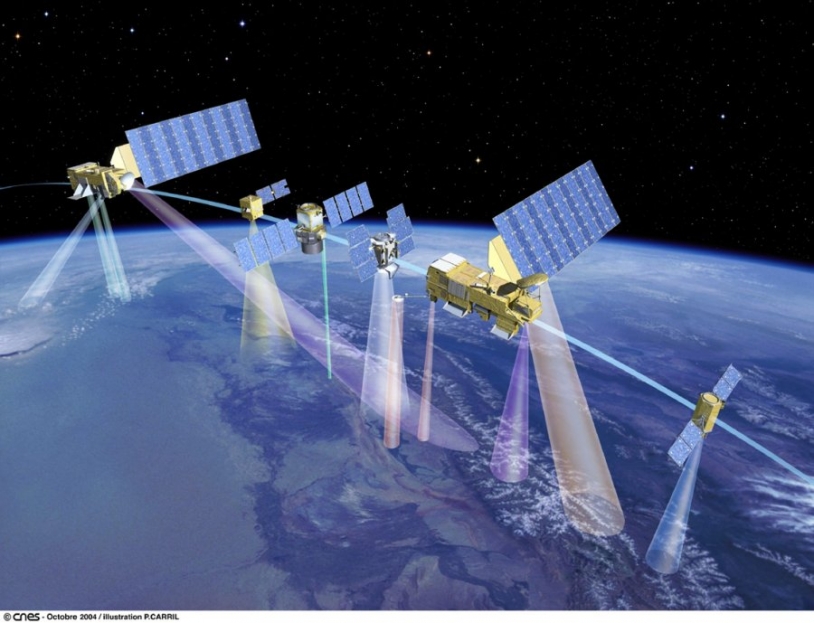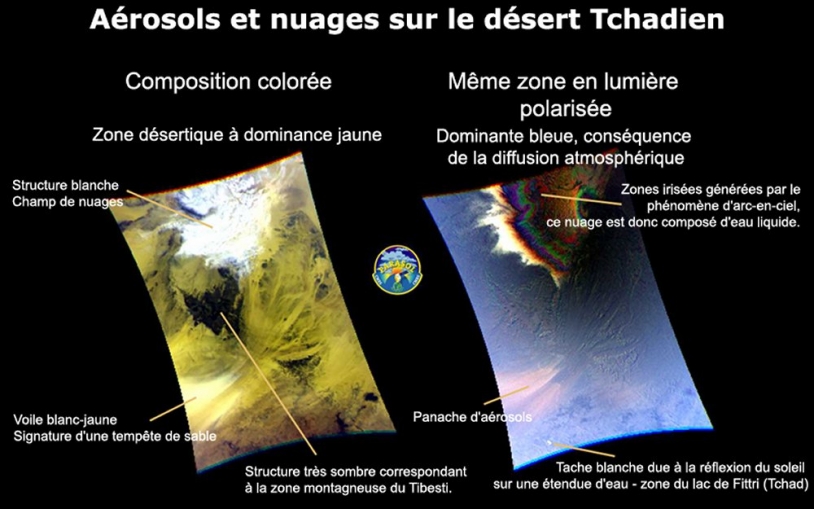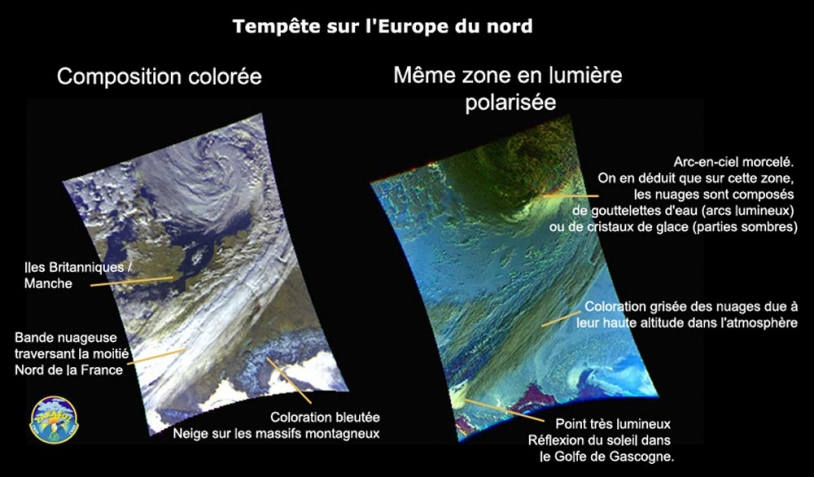
A satellite geared to understanding our climate system
What role do aerosols play in climate mechanisms? What effects will global warming have on cloud cover? How do clouds and aerosols interact? These are some of the questions the Parasol mission, decided in 1999, is attempting to answer. Its objective is to characterize the radiative properties of clouds and aerosols.

Parasol is one of a French-US constellation of six satellites dubbed the A-Train, dedicated to studying Earth’s climate. Once it has reached its final 705-km orbit early in March, Parasol will be ready to begin its science mission as part of this unique space observatory.
Parasol was developed by CNES, in association with the French national scientific research centre CNRS. CNES also designed the satellite command-control infrastructure on the ground.
First pictures acquired over Africa and Europe
Parasol’s wide-field camera acquires a sequence of images of Earth every 20 seconds, using a series of spectral and polarizing filters. In the image pairs below, the left view is a colour composite, while the right view shows the same scene in polarized light.
Aerosols and clouds over the desert in Chad ; credits Cnes
These images were acquired over the desert in Chad on 7 January 2005.
Click on the picture to see more.
Storm over northern Europe ; credits Cnes
The pair of images above was acquired on 8 January just as a storm was sweeping across northern Europe.
Click on the picture to see more.

